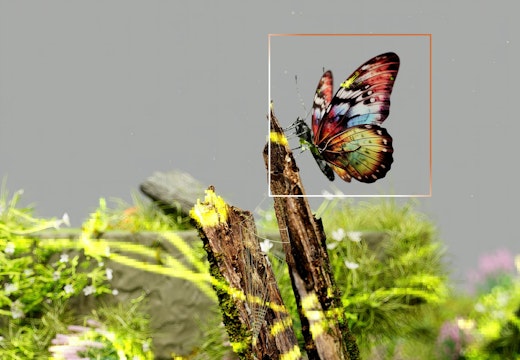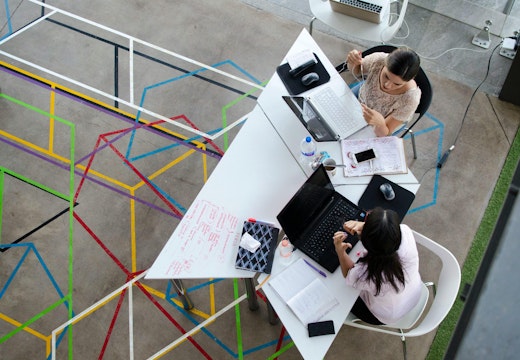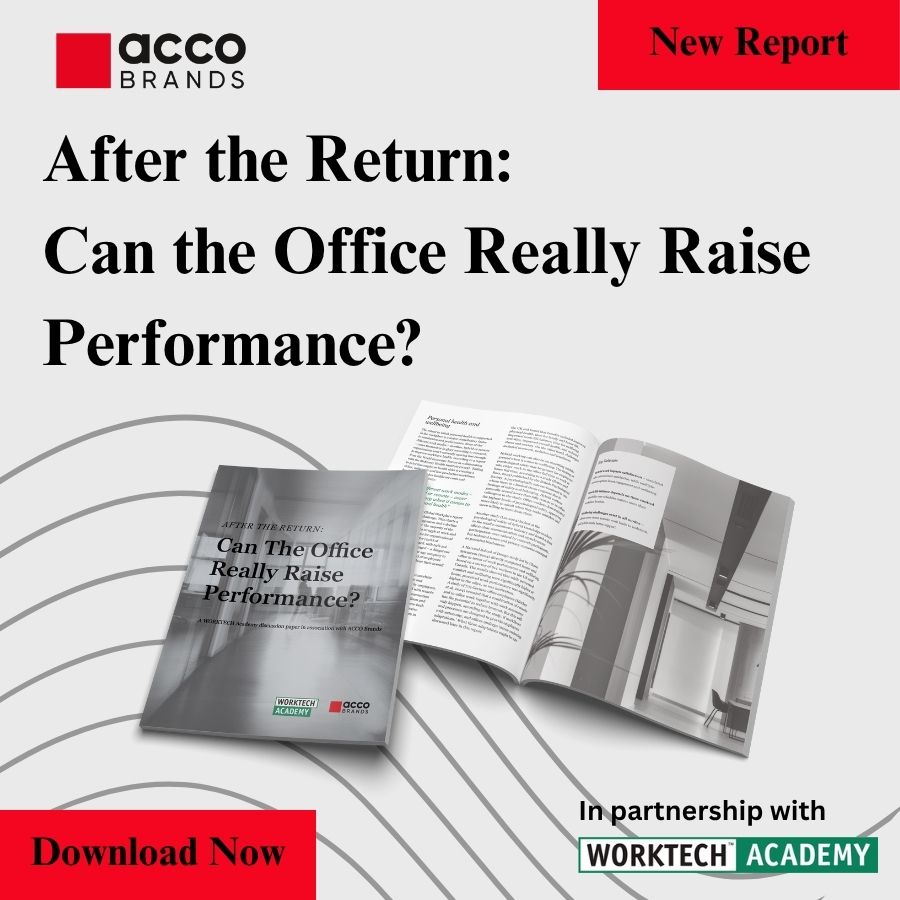Why moderate visual complexity lets our brains work better
New research from a Dutch research team has reopened a familiar design debate about how cluttered and visually complex a workplace interior should be. The answer: not so much
Why a lot of familiarity and a little novelty might make sense
Designing a new workplace full of novelty and innovation? Be careful what you wish for. New research suggests that people respond well to familiarity when it comes to our surroundings
The sound of sustainability: combining music and nature
A new pilot study by a joint research team from Colombia and Portugal has paired instrumental music with natural elements to communicate what sustainability sounds like in the workplace
Power of the pattern: a stressful view or a feelgood factor?
New research from the University of Cambridge suggests that repetitive patterns on building façades are raising our stress levels. But some patterns and shapes achieve the opposite effect
How biophilia supports wellbeing in virtual reality environments too
The restorative power of biophilic design has long been evidenced in the academic world and implemented in the professional one. New research suggests it works equally well in VR
All together now: designing for a neurodiverse workforce
New research from the UK sheds light on a complex subject that is increasingly necessary to address as organisations seek to create a more inclusive workplace
Why a sharper focus on user preferences can aid return to office
New research from Eindhoven University of Technology probes how key workplace design features can decide whether people attend the office – or choose to stay away
Under scrutiny: what’s right and wrong with activity-based workplaces
Despite its worldwide popularity as a design model for office space, new research from Sweden reveals some familiar limitations of the activity-based workplace












